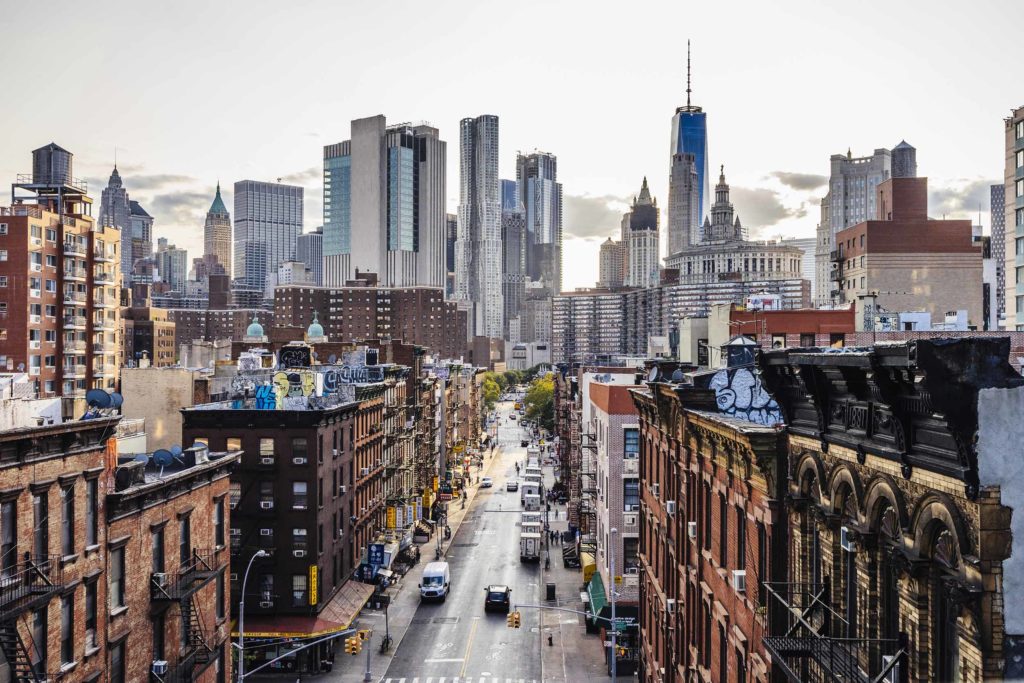NY Utility Con Edison Sees DERs and Demand Response Programs that Use Them in its Future (and Present)


Con Edison’s grid of the future aims to deliver 100% clean energy by 2040.
The New York electric utility in charge of delivering safe, reliable energy to 10 million people living in New York City and Westchester County knows full well what’s at stake during their drive to a cleaner, more dependable grid.
Like any utility in the country striving toward a future powered less from fossil resources and more from renewables and other clean sources, Con Edison must deal with the inherent intermittency issues renewable resources such as wind and solar present.
Unlike most utilities in the US, however, Con Edison has more citizens and businesses depending on them.
That’s why a key initiative of their plan to build a “resilient, 22nd-century electric grid” of the future involves significantly expanding distributed energy resources (DERs), which are small, decentralized, electrical systems that are connected to the grid and can consume, produce, or store electricity.
DERs, as regular readers of The Current likely know by now, include curtailed loads from commercial and industrial organizations participating in demand response programs, which pay organizations for using less energy when the grid is stressed due to high electrical usage or when electricity prices are high.
Con Edison has for years counted on demand response programs to help lower peak usage on its grid with popular demand response programs such as the Distribution Load Relief Program (DLRP) and the Commercial System Relief Program (CSRP), both of which were launched in 2016 and continue to be popular among participating organizations today.
In 2020, the New York Public Service Commission established two new demand response programs, Term-Dynamic Load Management (Term DLM) and Auto Dynamic Load Management (Auto DLM), to further help utilities in the Empire State reduce peak loads during times of high electrical use.
Term DLM and Auto DLM specifically aim to help New York reach its clean energy goals, which are among the most ambitious in the US, by allowing capacity from behind-the-meter DERs such as energy storage, on-site generators, CHP units, and more to participate in demand response.
Con Edison hopes the revenue earned by Term DLM participants inspires New York organizations in the utility’s territory to invest in DER technology. Marlon Argueta, Con Edison’s manager of demand response programs announced as much in a recent interview when he said he hopes “the revenue certainty the Term-and Auto-DLM programs provide will encourage participants to invest in battery storage and other clean energy technologies for demand response.”
It’s those clean technologies, Con Edison believes, that will help New York reach its clean energy goals. Those same technologies can help New York City organizations comply with climate-focused regulations such as Local Law 97, which establishes emissions regulations on buildings in the city over 25,000 square feet that must be complied with beginning in 2024.
An estimated 50,000 buildings in New York City stand to be affected by Local Law 97. Many are in the commercial sector and may require comprehensive retrofits, which can be partially or perhaps fully paid for with revenues earned from participating in Con Edison’s demand response programs.
Flexible consumer demand, which DERs certainly provide organizations that possess them, is helping to evolve the electrical grid from, in the words of senior advisor to the Regulatory Assistance Project (RAP) Mike Hogan, “a world where we forecasted demand and scheduled supply to a world where we will forecast supply and schedule demand.”
This grid of tomorrow where demand follows supply instead of the other way around as the case has been since the grid was invented is the grid of the future–not just for Con Edison, but for utilities and grid operators across the country.
Learn more about how CPower’s Building Management System-as-a-Service can turn your New York building into a smart building, lower your energy costs, and earn revenue for helping the grid.


